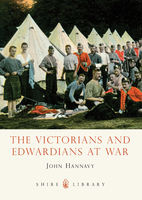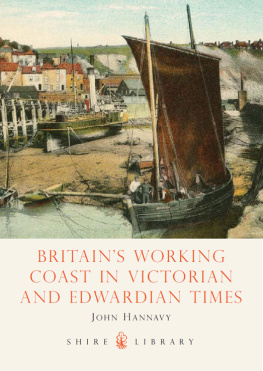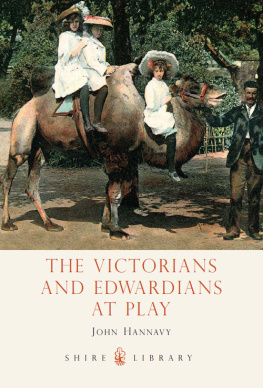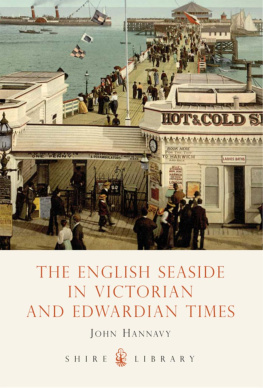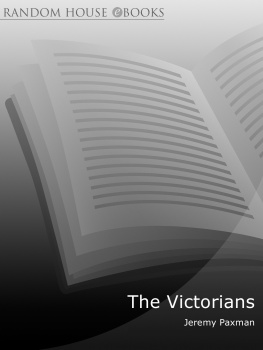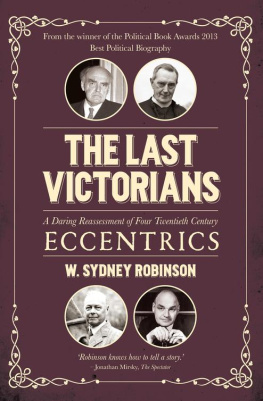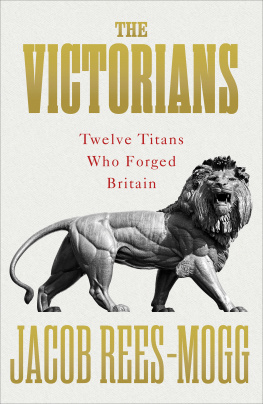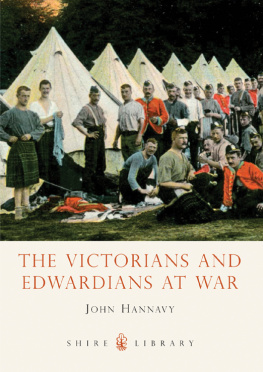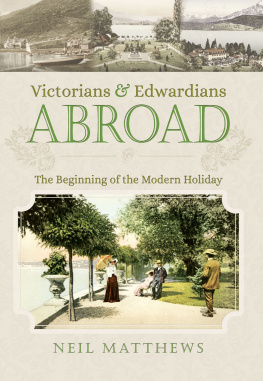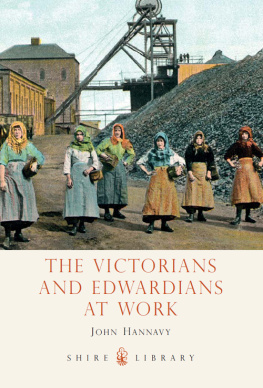John Hannavy - The Victorians and Edwardians at War
Here you can read online John Hannavy - The Victorians and Edwardians at War full text of the book (entire story) in english for free. Download pdf and epub, get meaning, cover and reviews about this ebook. genre: Art. Description of the work, (preface) as well as reviews are available. Best literature library LitArk.com created for fans of good reading and offers a wide selection of genres:
Romance novel
Science fiction
Adventure
Detective
Science
History
Home and family
Prose
Art
Politics
Computer
Non-fiction
Religion
Business
Children
Humor
Choose a favorite category and find really read worthwhile books. Enjoy immersion in the world of imagination, feel the emotions of the characters or learn something new for yourself, make an fascinating discovery.
- Book:The Victorians and Edwardians at War
- Author:
- Genre:
- Rating:5 / 5
- Favourites:Add to favourites
- Your mark:
- 100
- 1
- 2
- 3
- 4
- 5
The Victorians and Edwardians at War: summary, description and annotation
We offer to read an annotation, description, summary or preface (depends on what the author of the book "The Victorians and Edwardians at War" wrote himself). If you haven't found the necessary information about the book — write in the comments, we will try to find it.
The Victorians and Edwardians at War — read online for free the complete book (whole text) full work
Below is the text of the book, divided by pages. System saving the place of the last page read, allows you to conveniently read the book "The Victorians and Edwardians at War" online for free, without having to search again every time where you left off. Put a bookmark, and you can go to the page where you finished reading at any time.
Font size:
Interval:
Bookmark:
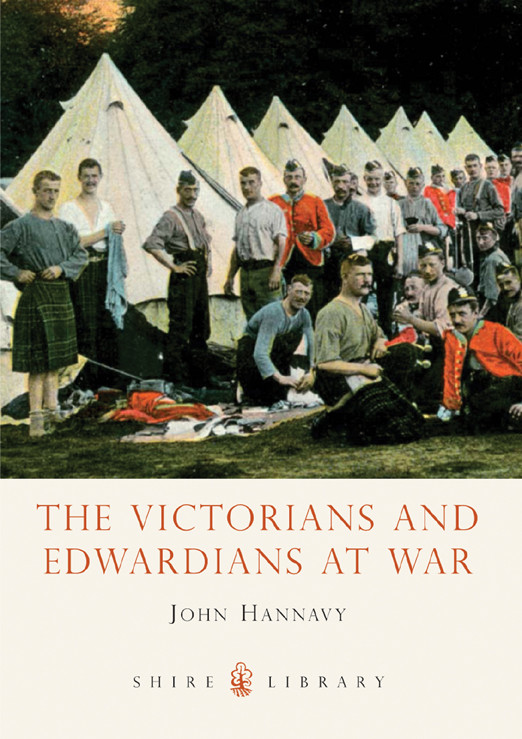
John Hannavy
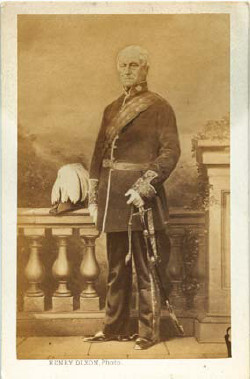

SHIRE PUBLICATIONS
Studio portrait of a British Field Marshal, believed to be Sir John Fox Burgoyne Bt, taken by London photographer Henry Dixon in 1868 at the time of his promotion. Burgoyne was already a Major-General when he was sent to the Crimean War, during which time he was involved in the siege of Sevastopol, and the assault on the Malakoff Fort. A few weeks before the siege, he was one of the many senior British officers to be photographed by Roger Fenton.
PREFACE
THE CAMERA GOES TO WAR
THE FIRST WAR PHOTOGRAPHERS
THE CRIMEA
CAMPAIGNS IN INDIA
ENGAGEMENTS IN CHINA
THE AFGHAN WARS
THE WAR IN ZULULAND, 1879
THE FIRST ANGLOBOER WAR
WARS IN THE SUDAN
THE SECOND ANGLOBOER WAR
BUILDING A MODERN NAVY
FURTHER READING
IT WAS ONLY to be expected that the art of photography would be applied to war as soon as cameras and processes were capable. In focusing on the wars in which Victorian and Edwardian Britain engaged, I am picking up threads of research which have interested me for nearly forty years. The Crimean War and the photographs taken of it by Roger Fenton have occupied a large part of my life since I started work in 1971 on the research for the Scottish Arts Council exhibition The Camera Goes to War, which began its tour in Edinburgh in 1974 and completed it at the National Portrait Gallery in London in late 1975, the year my biography of Fenton was published. Since then, the photography of war has remained one of my abiding fascinations.
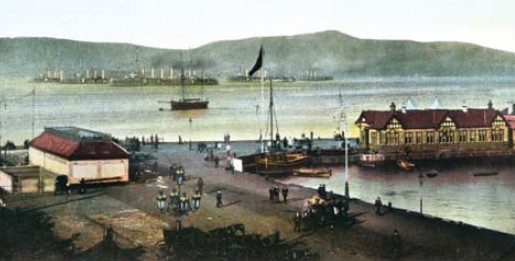
The Royal Navys Cruiser Squadron moored off Rothesay in 1904, amongst them some of the recently introduced four-funnel Cressy Class cruisers. Many postcards of the Clyde estuary during the Edwardian era show large numbers of warships at anchor.
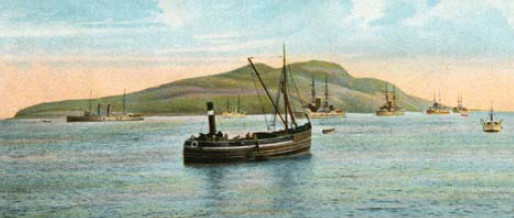
A small coastal puffer sails past another group of warships, this time anchored in Lamlash Bay off the island of Arran in 1903. Naval squadrons were regular visitors to the waters off Arran. Officers on shore leave were even granted free membership of Lamlash golf course whenever their vessels were in the bay.
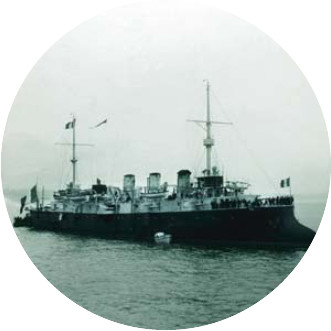
An unidentified French cruiser at anchor in the Firth of Forth, c. 1895. The closing years of the nineteenth century saw huge changes in the construction of warships, as navies developed faster, more powerful and more versatile designs. The radical hull shape seen here was used on many warship designs in the French Navy at the time, but as the century drew to a close, designs more in line with those being developed by the British and broadly similar to the pre-Dreadnoughts and Dreadnought designs started to appear.
As ever, my thanks are due to everyone who has answered my endless questions over the years, especially to those who have alerted me to the availability of splendid images, or pointed me towards engaging contemporary accounts of military engagements across the world, for it is those extracts from writers more eminent than myself which makes this more than just a picture book.
I am especially grateful to those individuals and institutions who have generously permitted me to include images from their collections. All other photographs are from my own collection.
Finally, special thanks to Kath, my wife, whose support and encouragement for my ongoing researches is ever-present.
John Hannavy, Great Cheverell, 2012
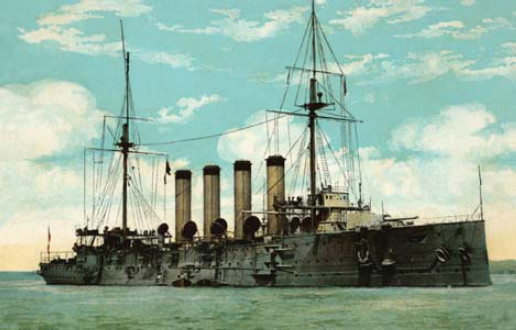
The Clyde-built HMS Sutlej undergoing sea trials in 1901 or 1902. Constructed by John Brown, the keel of the 12,000-ton Cressy Class HMS Sutlej was laid down in 1898. The yard also built her sister ship HMS Bacchante, as well as vessels for the Spanish, Japanese, and Russian navies.
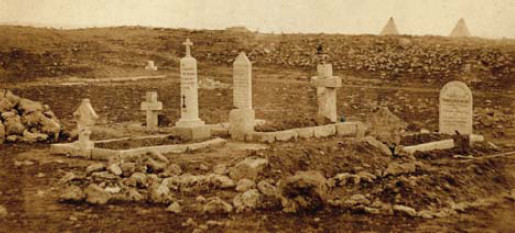
One of the more poignant studies from Roger Fentons coverage of the Crimean campaign, this view of the cemetery on Cathcarts Hill near Balaclava with the tents of the camp beyond, shows the graves of several high-ranking British officers who had died in 1854 during the early months of the war. Amongst all the portraits and camp scenes, images like this underlined the human cost of war.
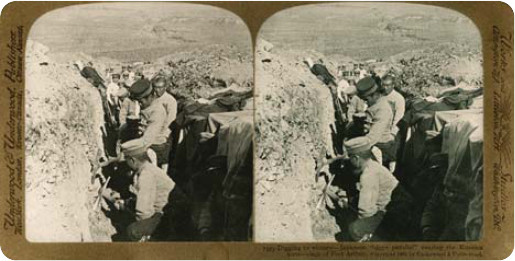
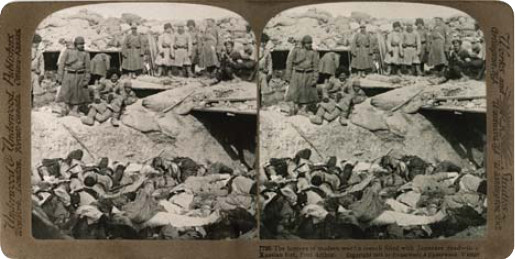
By the end of the nineteenth century smaller cameras and faster materials had made possible something approaching the action images we expect today. Half a century of getting used to the realism of the photograph had also familiarised the public with the real horror of conflict. These two stereoscopic views by photographers working for the American Underwood & Underwood company were taken during the RussianJapanese war of 190405. The upper card shows life in the Japanese trenches while the lower one is captioned The horrors of modern war! A trench filled with Japanese dead in a Russian fort Port Arthur. The Russians capitulated in January 1905, shortly after these pictures were taken.
PHOTOGRAPHY was invented early in Queen Victorias reign, but for its first few years, the available processes were too cumbersome and too slow to be used to record any activity which involved rapid movement. Indeed, for the first few years of the photographic era, those who posed for the camera had to sit still for very long periods of time often running into several minutes if light levels were anything other than very bright.
So, for many of Victorias wars, the war artist continued to reign supreme, as he had done for centuries. The stylised and idealised sketches and paintings of the heroics of British forces, both establishing and then policing the Empire, perhaps offered the viewer an image of war which was far removed from actuality.
Just as there was no market for paintings showing the real brutality of battle, so for photographys first several decades, images which showed death were rarely if ever taken. And that draws attention to the unique difference between how Victorians accessed photography, and how we access it today. With television news and heavily illustrated newspapers the images telling much of the story we receive images selected by an editor. Having made the decision to subscribe to a newspaper, or turn on the television news, we expose ourselves to image selections made on our behalf by someone we will never meet.
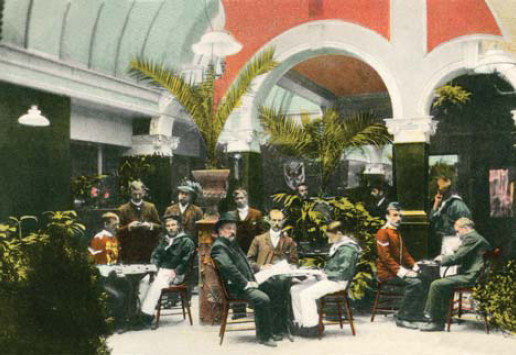 Next page
Next pageFont size:
Interval:
Bookmark:
Similar books «The Victorians and Edwardians at War»
Look at similar books to The Victorians and Edwardians at War. We have selected literature similar in name and meaning in the hope of providing readers with more options to find new, interesting, not yet read works.
Discussion, reviews of the book The Victorians and Edwardians at War and just readers' own opinions. Leave your comments, write what you think about the work, its meaning or the main characters. Specify what exactly you liked and what you didn't like, and why you think so.

